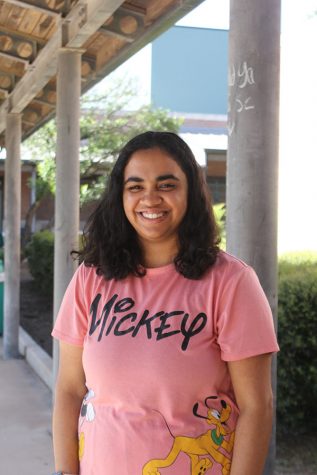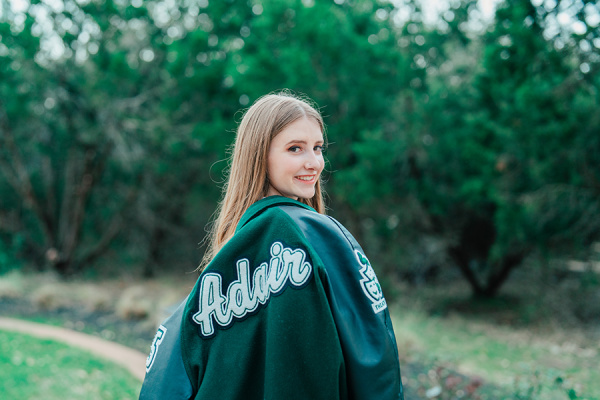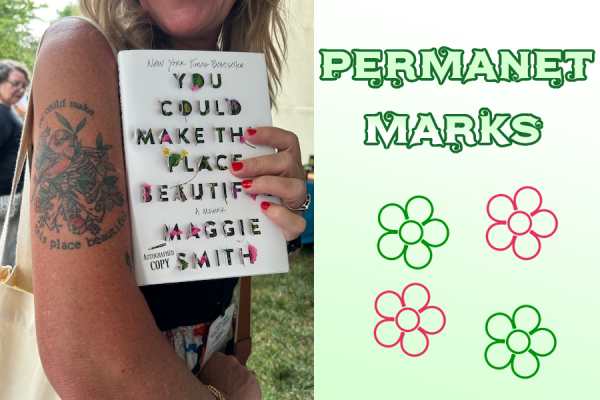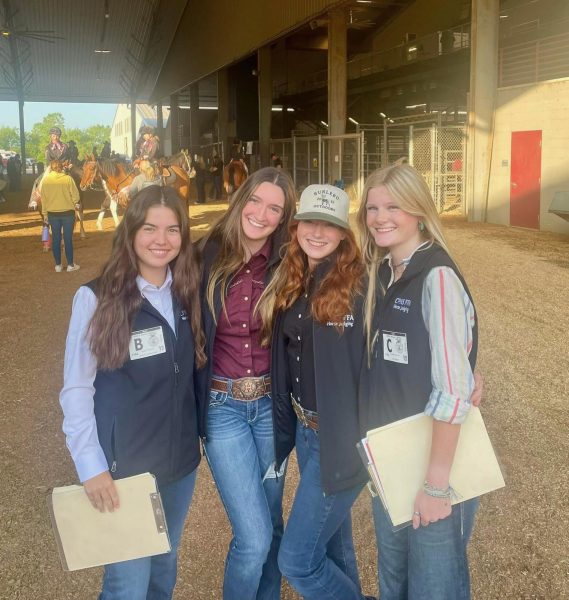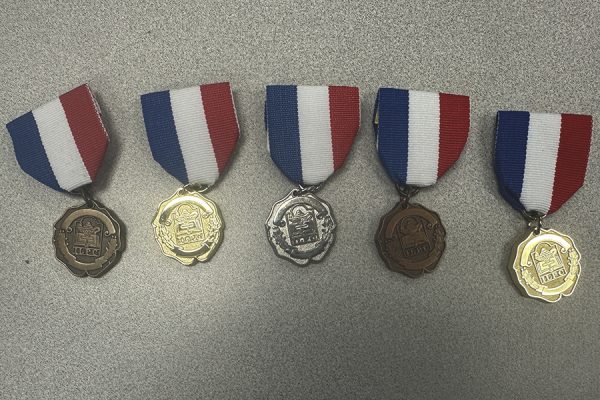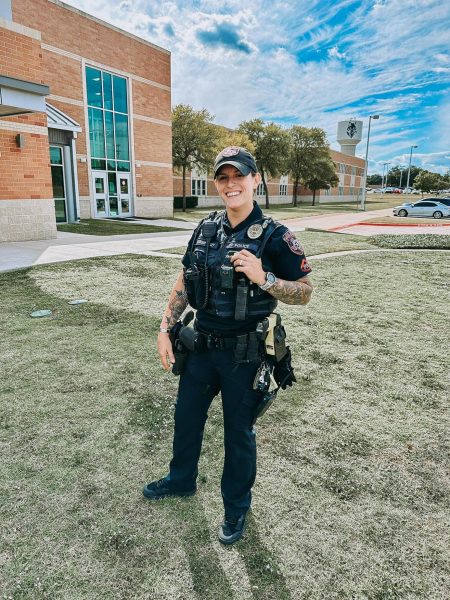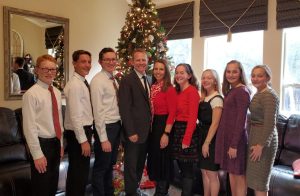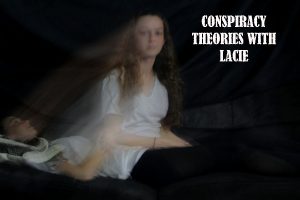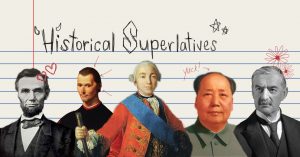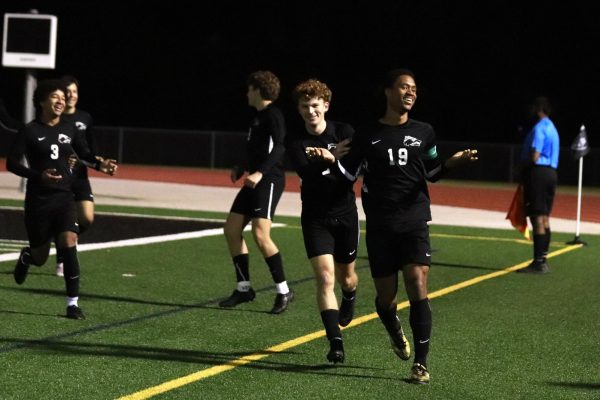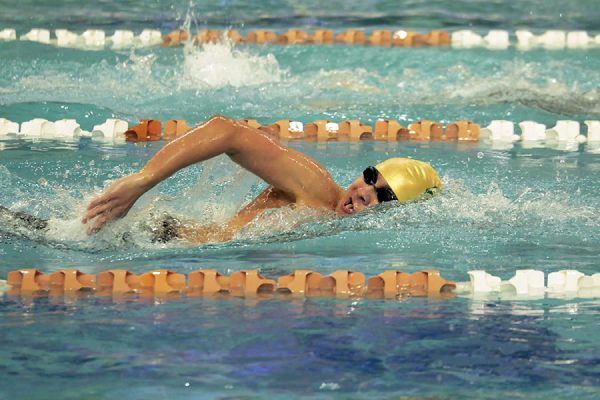Crafts For Lives
A look inside this disaster; solutions
A few birds nests that Debby Barne’s Crochet group had made. Barnes had started a crochet group in order to help the displaced wildlife in Australia. “It just breaks my heart to see these poor, little animals [suffering]” Barnes said. “Some of them are being burned. I saw a video last month on Facebook of this poor, little koala that was just crying because he was being burned.”
January 20, 2020
In October of 2019, the continent of Australia broke out in a series of wildfires. Less than a month into the new year, and these wildfires are still raging over many major cities. Trees have been burned to ashes, animals have been displaced and families have been forced to evacuate.
According to Slate, a magazine company that reports on current events, 26 people are confirmed to be dead, more than 17 million homes have been destroyed and 1 billion animals have died.
News source Grist.com, who reports on climate, sustainability and social justice, wrote that the fires are hurting our climate by enabling the rapid production of carbon dioxide and smoke into our atmosphere. Scientists also say that the smoke has even reached the stratosphere, the second layer of the atmosphere.
Many people have dedicated their time to helping Australia, including librarian Debby Barnes.
“It just breaks my heart to see these poor, little animals [suffering],” Barnes said. “Some of them are being burned. I saw a video last month on Facebook of this poor, little koala that was just crying because he was being burned.”
Barnes began a crochet group to create some birds nests and joey pouches. These items will later be donated through a hub in Vista, Arkansas.
“A few months ago, I started following a group on Facebook,” Barnes said. “Through that group and some of the posts that I was seeing, there were a lot of people who were members of some other groups that were finding out about the needs of the rescued wildlife in Australia. There is another group Facebook called Rescue Craft Co, and they were the ones that were really pushing this. Looking at what they needed, I found out that they needed joey pouches. What they needed from crocheters is birds nests or, at one point, mittens for koalas. Which is why I thought ‘Let’s make some birds nests.’”
The company was also in need of hanging bags and bat wraps, which have to be sewn and made of cotton flannel, and joey pouches, which also need to be sewn, and the fabric must be natural.
Barnes said since it is expensive to ship to Australia, there are some people who have made hubs around the country.
“Depending on what state you live in, there is a person that is servicing your state as a hub,” Barnes said. “Everything you make, you will send to that person, and [they] will then make one big shipment to this organization in Australia.”
Barnes encourages the students to make some of the items if they do know how to sew, crochet or knit. The company, Barnes said, is also taking monetary donations.
“We’re talking billions of dollars worth of damage and destruction,” Barnes said. “For these groups to be able to supply living arrangements, food, medical help, and things like that to these animals that have been displaced by the fire [is optimal]. So, money is always a good thing to donate.”

![Posing with their UIL State Trophy, the Robolobos Van Halen Team beams with excitement after their win. “It was a team effort,” junior Noah Vo said. “I was happy because something happened in the first match and the match was also really close. So [when] they finally revealed it, I was pretty happy.” Photo courtesy of Amy Lovelace](https://cphswolfpack.com/wp-content/uploads/2025/05/IMG_0910-EDIT-1200x723.jpg)
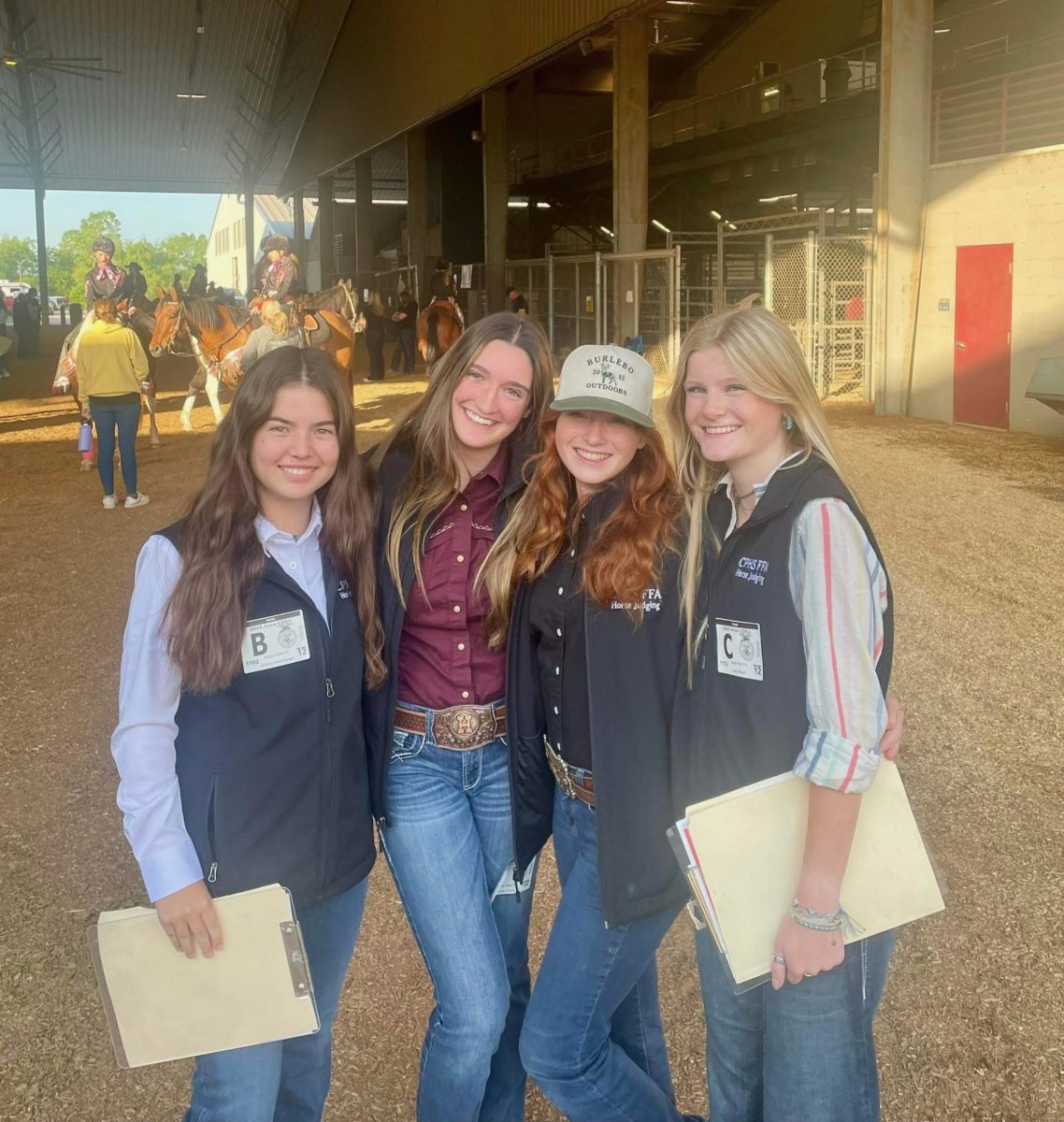
![Broadcast, yearbook and newspaper combined for 66 Interscholastic League Press Conference awards this year. Yearbook won 43, newspaper won 14 and broadcast took home nine. “I think [the ILPC awards] are a great way to give the kids some acknowledgement for all of their hard work,” newspaper and yearbook adviser Paige Hert said. “They typically spend the year covering everyone else’s big moments, so it’s really cool for them to be celebrated so many times and in so many different ways.”](https://cphswolfpack.com/wp-content/uploads/2025/05/edited-ILPC.jpg)


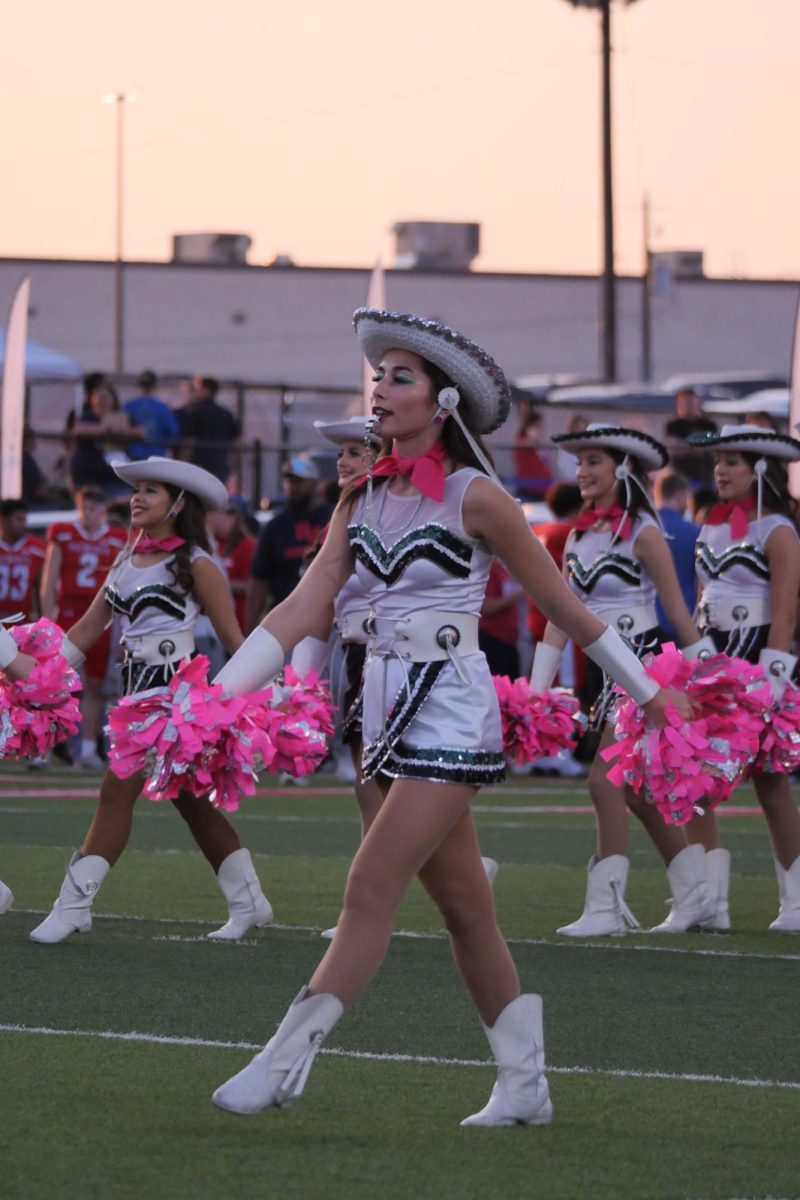





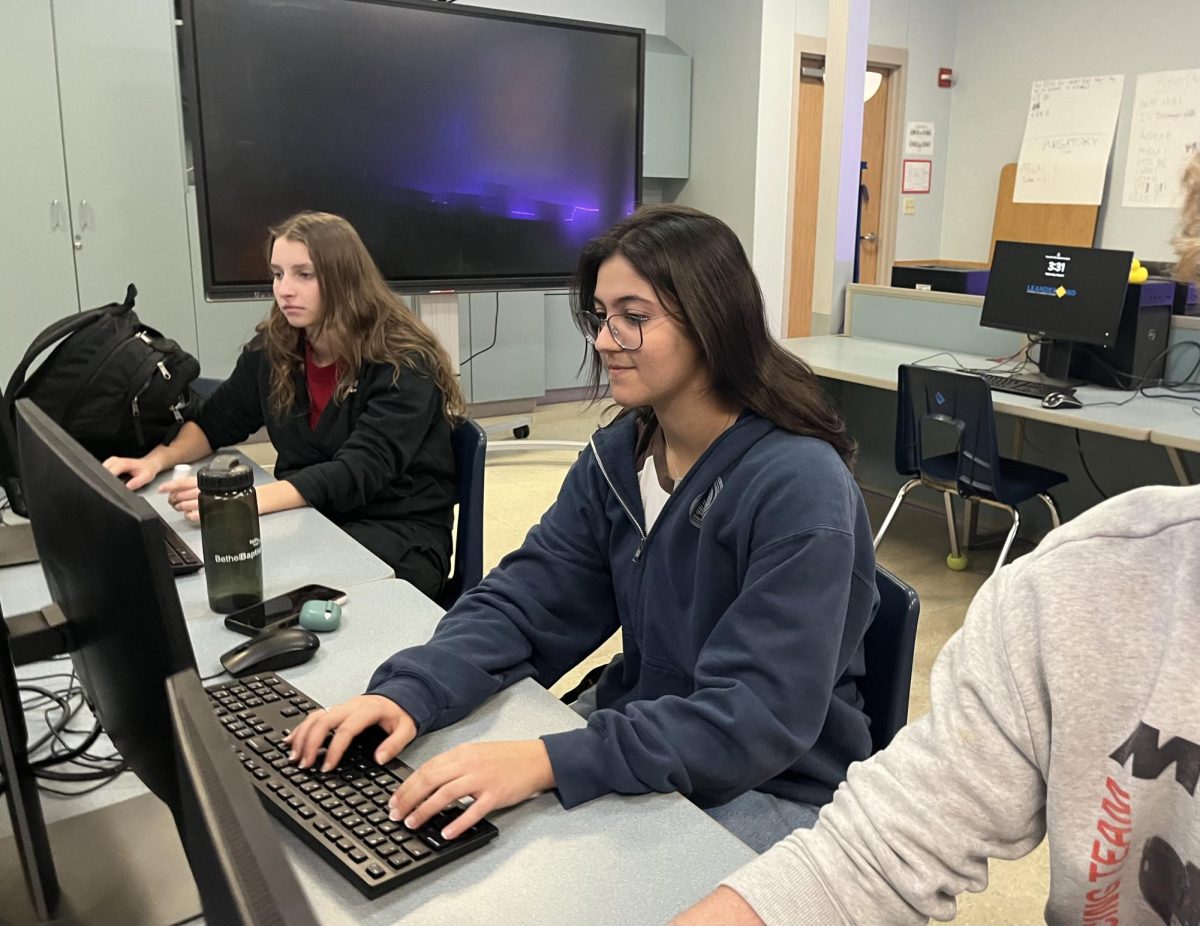


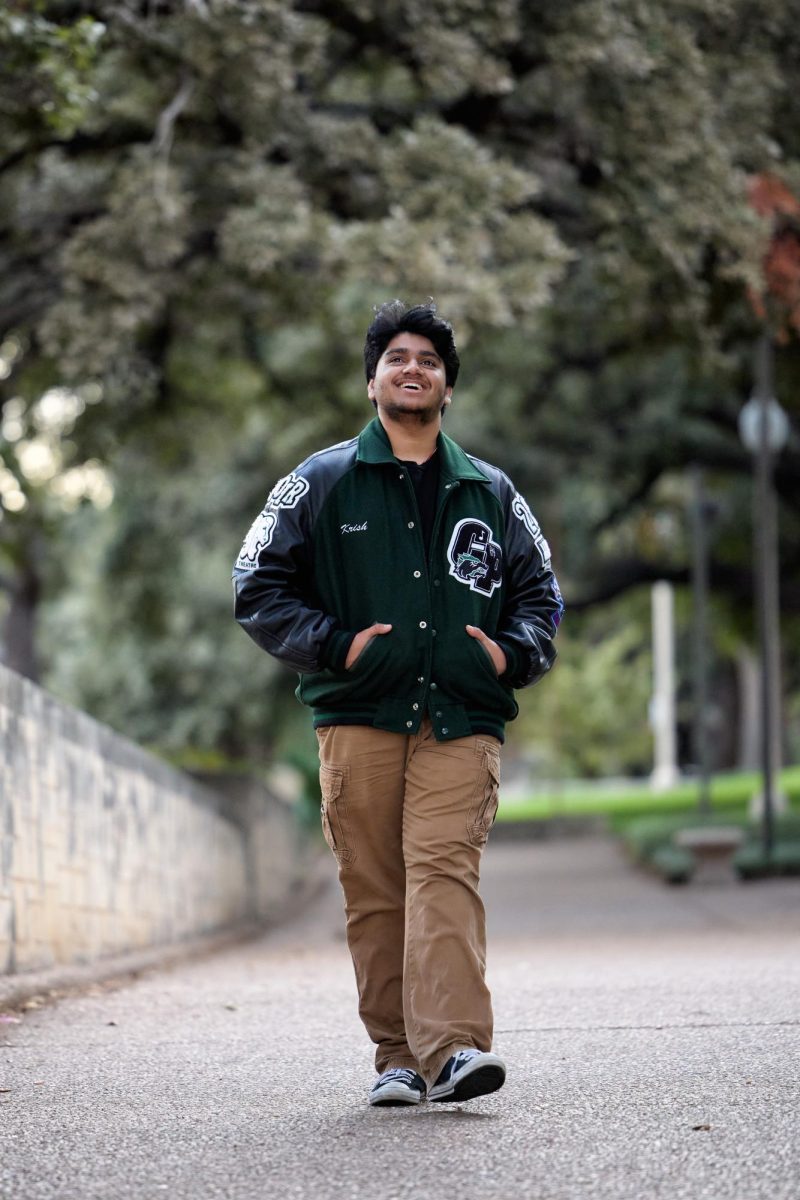
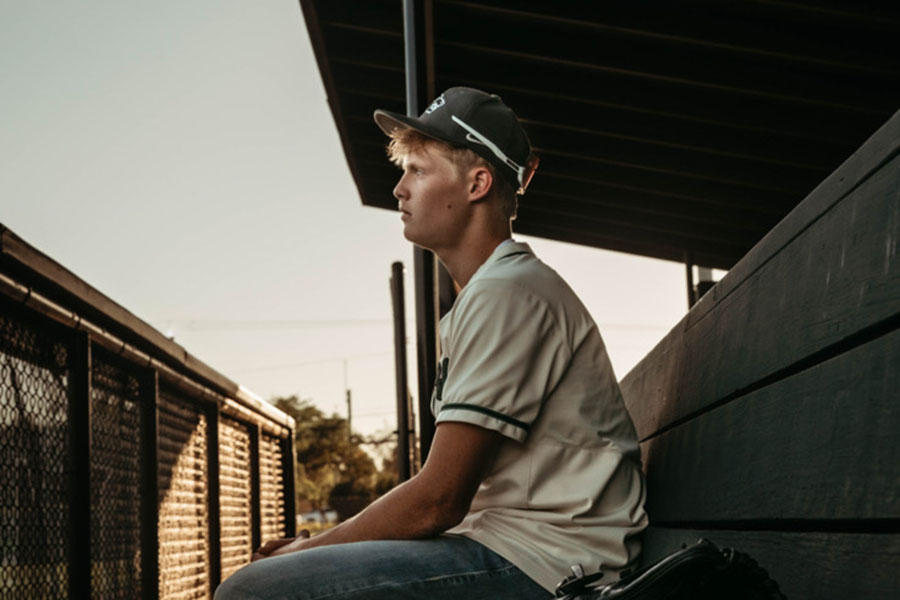
![Bringing her arm over her head and taking a quick breath, junior Lauren Lucas swims the final laps of the 500 freestyle at the regionals swimming competition on date. Lucas broke the school’s 18-year-old record for the 500 freestyle at regionals and again at state with a time of 4:58.63. “I’d had my eye on that 500 record since my freshman year, so I was really excited to see if I could get it at regionals or districts,” Lucas said. “ State is always a really fun experience and medaling for the first time was really great. It was a very very tight race, [so] I was a bit surprised [that I medaled]. [There were] a lot of fast girls at the meet in general, [and] it was like a dogfight back and forth, back and forth.” Photo by Kaydence Wilkinson](https://cphswolfpack.com/wp-content/uploads/2025/03/Kaydence-2.7-23-edit-2.jpg)
![As the support team sits and poses for a photo in the cafeteria with the counseling team they eagerly wait to start their day. "We [all] seem to be a team, I get up every day and there's days where I don't want to go to work today, but I'm thankful that I have a job and I'm blessed to have what I have," Christopherson said. Photo Courtesy of Julie Weltens.](https://cphswolfpack.com/wp-content/uploads/2025/01/AF9E8470-10D7-4C91-BF28-EC8F86BAB66C-1200x852.jpeg)
![Officer Stephanie Cash is in her second year as an SRO at CPHS. “Seeing [students] grow over the years has been kind of cool,” Officer Cash said. “Freshmen that [are] all over the place and then in the next couple of years get a little more squared away and go to class and do work and start thinking about the future. Being a part of a student's growth is the best way to measure my success as an SRO.” Photo Courtesy of Cedar Park Police Department's PIO, Alicia Gallagher.](https://cphswolfpack.com/wp-content/uploads/2024/12/CPHS-SRO-900x1200.jpg)


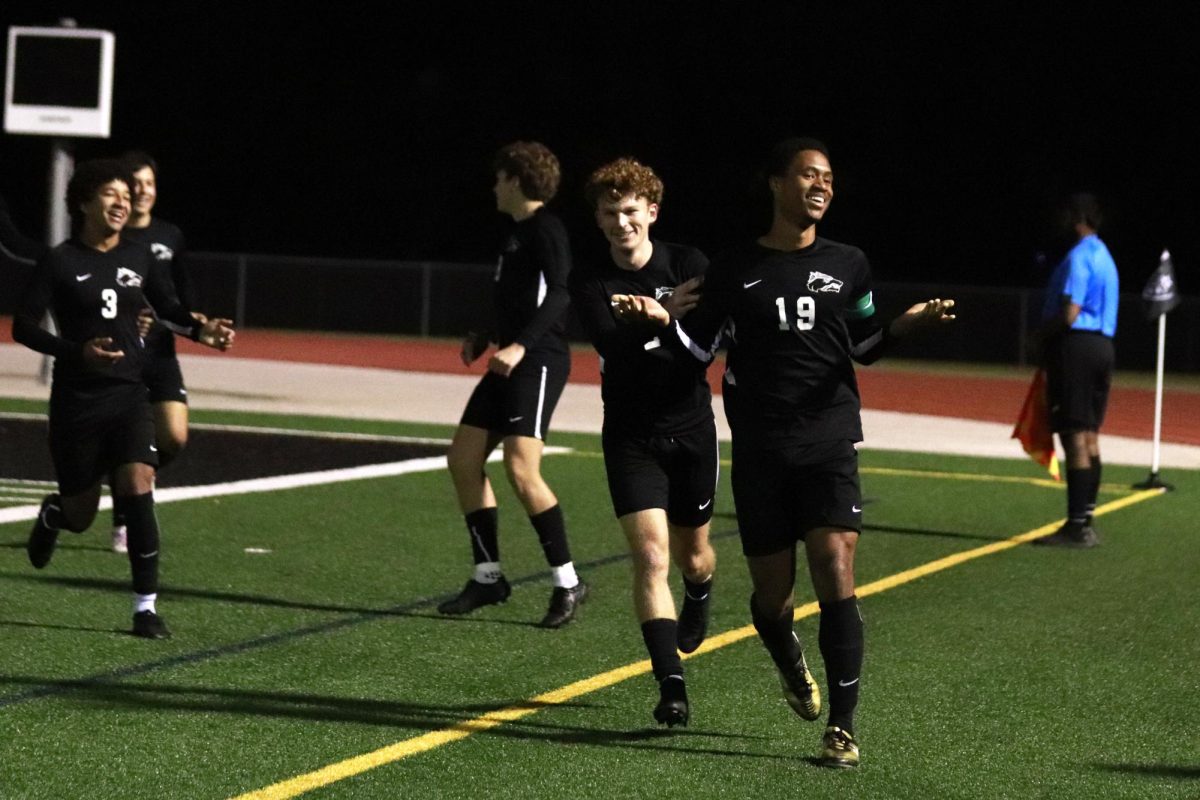
![Taking a breath as he raises his arm up and out of the water, sophomore Kaden Padilla swims the 500 freestyle at the UIL state meet on Feb. 21-22. Padilla placed 10th overall and second in the consolation final in the event, dropping two seconds. “My family was there, so being able to drop time for them was really special,” Padilla said. “It was awesome [finding out I advanced to the consolation finals]. I wasn’t expecting it, and I was very surprised. My parents being there definitely made me a lot happier knowing they got to see me swim in finals.” Photo by Skyler King.](https://cphswolfpack.com/wp-content/uploads/2025/03/kaden-padilla.jpg)

![Three defenders try to stop senior point guard Hope Edwards before the ball leaves her hands. The girls basketball team faced Liberty Hill on Feb 21, losing 58-40. “[My season was] definitely bittersweet,” Edwards said. It's definitely sad [because] I'm gonna miss all my teammates, my coaches and just the whole CP environment.”](https://cphswolfpack.com/wp-content/uploads/2025/03/julia-128-1200x800.jpg)
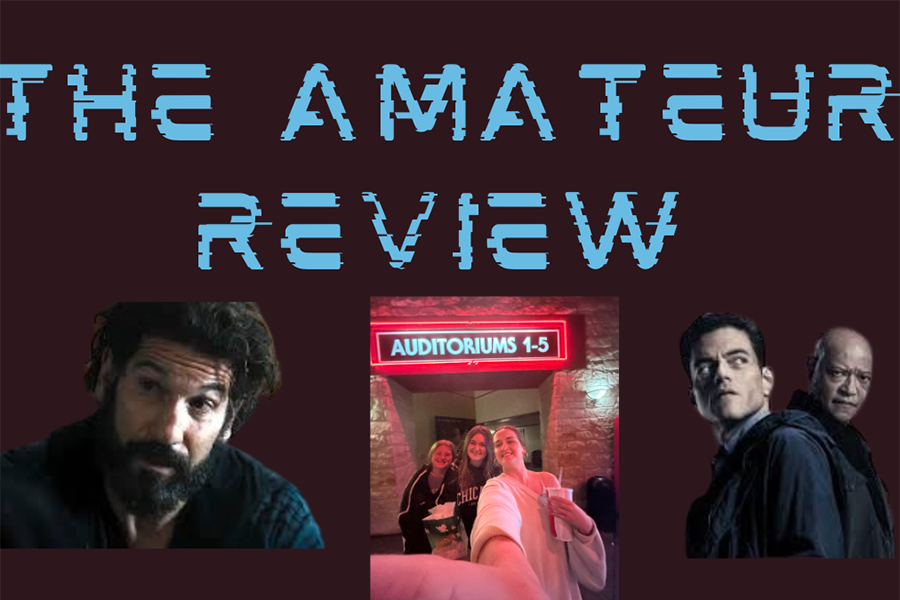
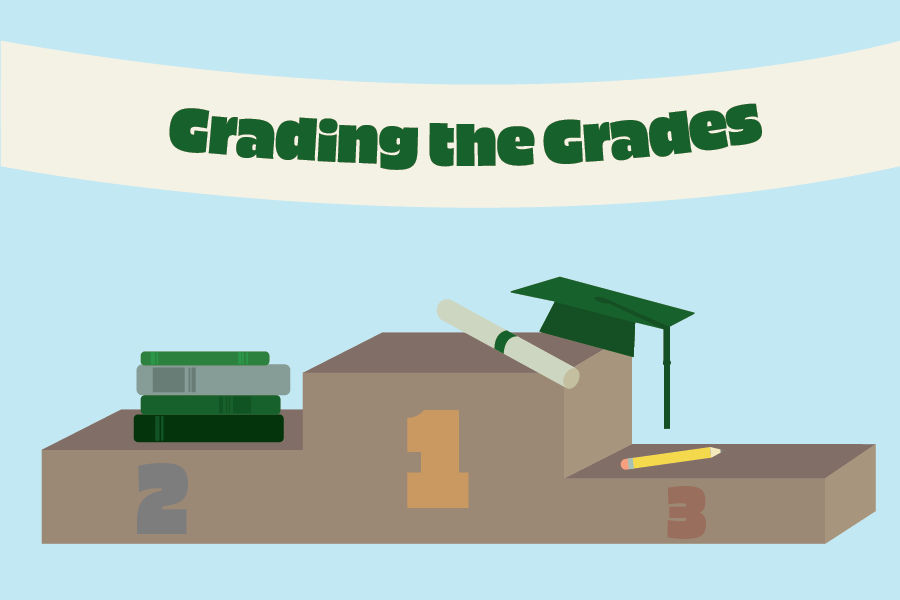


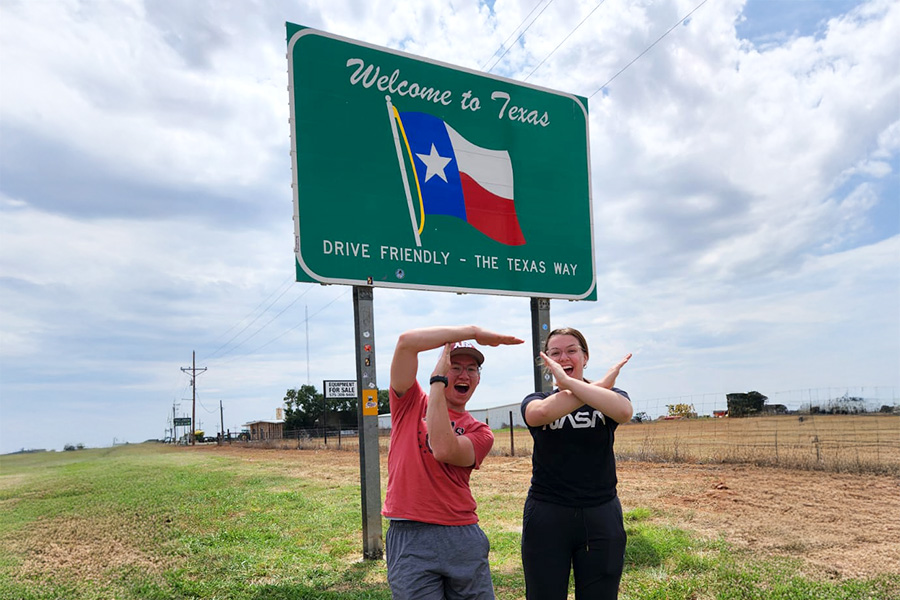


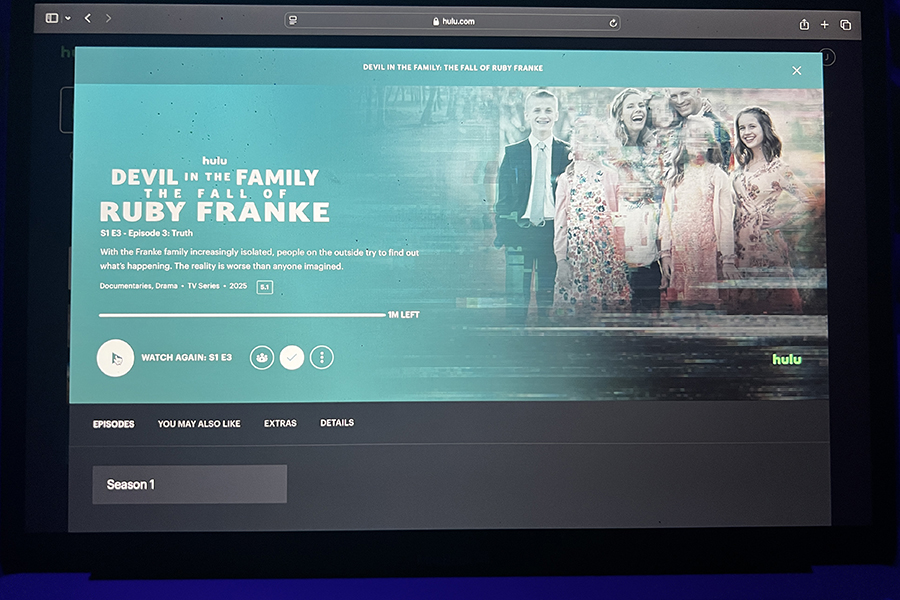





![A few birds nests that Debby Barne's Crochet group had made. Barnes had started a crochet group in order to help the displaced wildlife in Australia. "It just breaks my heart to see these poor, little animals [suffering]" Barnes said. "Some of them are being burned. I saw a video last month on Facebook of this poor, little koala that was just crying because he was being burned."](https://cphswolfpack.com/wp-content/uploads/2020/01/Crochet-e1579568289393-900x651.jpg)
